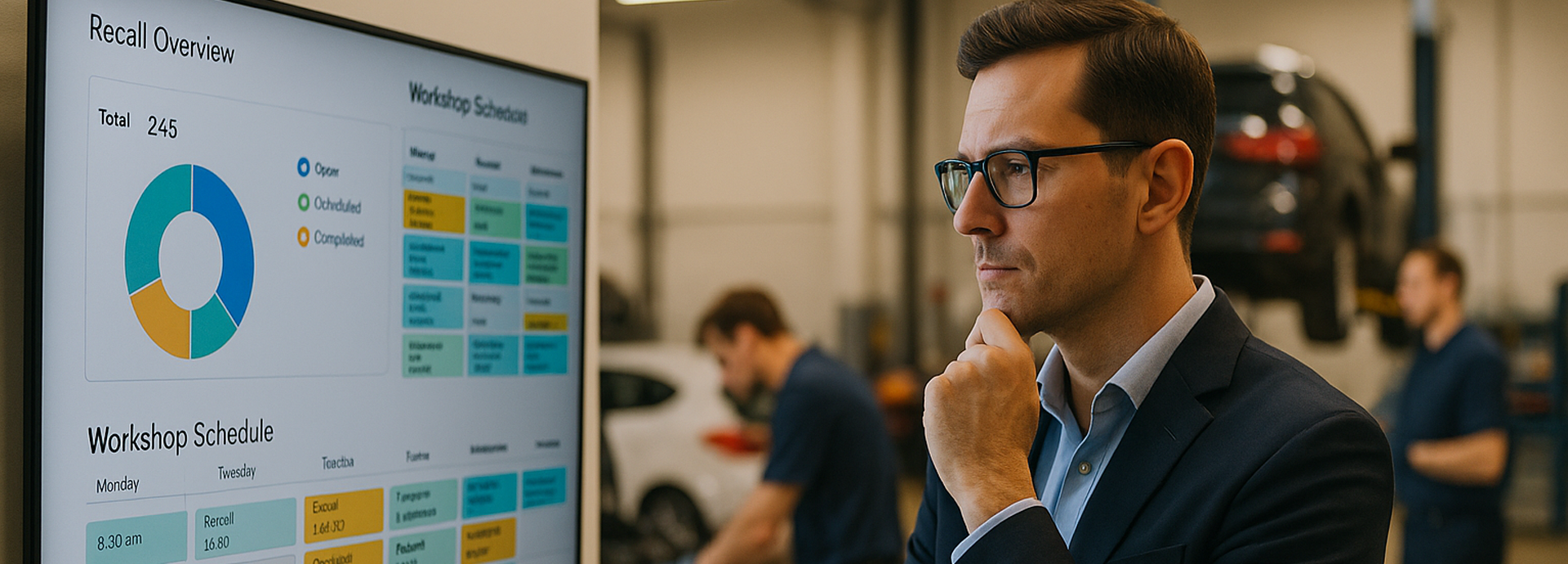The profitability hidden in your existing customer base
For many dealerships, the focus is often on bringing in new customers through marketing campaigns, promotions, and advertising. While acquiring new leads is essential for growth, it is an expensive and time-consuming process. Meanwhile, retaining existing customers is not only more cost-effective but also significantly more profitable. Customers who return to a dealership for service, upgrades, and future purchases provide long-term value that far exceeds the revenue generated from one-time buyers.
Shifting the dealership’s focus from pure acquisition to retention unlocks higher profit margins, stronger brand loyalty, and a steady stream of repeat business. In fact, studies have shown that increasing customer retention rates by just 5% can boost profits by 25% to 95%.
The cost of customer acquisition vs. retention
Attracting new customers requires significant investment in marketing, digital advertising, and sales efforts. Dealerships often spend heavily on lead generation strategies, including paid search, social media campaigns, and third-party listing services. However, once a customer purchases a vehicle, they often slip through the cracks, with little effort made to maintain the relationship.
Conversely, retaining existing customers costs far less. Customers who have already bought from a dealership are more likely to return for service, maintenance, and even future vehicle purchases—provided they receive consistent engagement and value. Building loyalty through personalized experiences, timely follow-ups, and superior service keeps customers within the dealership’s ecosystem, reducing the need to constantly acquire new ones.
Why customer retention leads to higher profitability
- Repeat business at a lower cost – Returning customers require little to no additional advertising spend to bring them back, unlike new customers who need to be nurtured through multiple touchpoints.
- Higher transaction value – Loyal customers are more likely to upgrade their vehicles, purchase extended warranties, and invest in service packages.
- Increased referral potential – Satisfied customers naturally refer family and friends, bringing in high-quality leads at no cost to the dealership.
- Better service revenue – Service and maintenance appointments are key revenue drivers, and a strong retention strategy ensures a steady flow of customers returning for routine care.
Key strategies to improve customer retention
- Personalized engagement – Sending tailored messages based on customer history, service schedules, and preferences fosters a sense of connection. A simple service reminder or personalized trade-in offer can make all the difference.
- Loyalty programs – Offering discounts, rewards, and exclusive promotions to returning customers encourages them to stay engaged with the dealership.
- Proactive service reminders – Automated notifications for scheduled maintenance, oil changes, and inspections ensure customers keep coming back for service, rather than going to independent shops.
- Seamless communication across channels – Customers expect consistency whether they interact with the dealership via email, SMS, phone, or in person. A well-integrated CRM ensures every touchpoint is aligned.
- Post-sale follow-ups – Checking in with customers after a sale, whether through a phone call, email, or service invitation, shows them they are valued beyond the initial purchase.
Final thoughts: loyalty over leads
Dealerships that prioritize retention strategies see higher lifetime value from their customers, stronger brand loyalty, and more sustainable revenue growth. Instead of constantly chasing new customers, investing in a retention-first approach keeps the dealership’s sales pipeline full, builds long-term relationships, and ultimately drives greater profitability.


